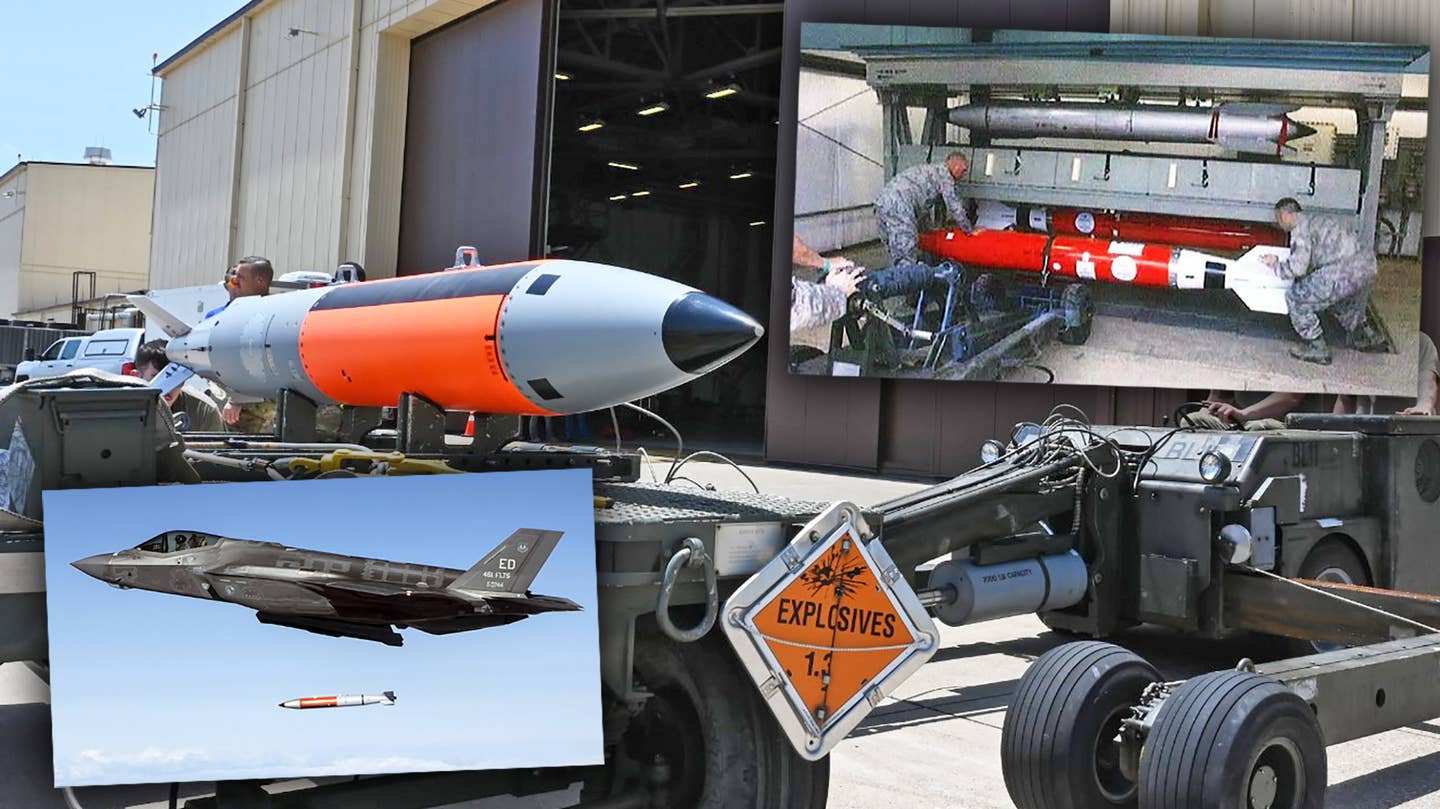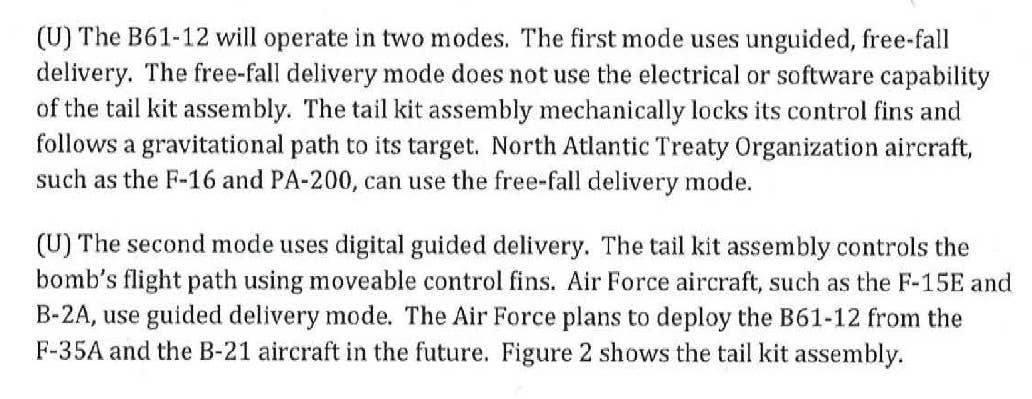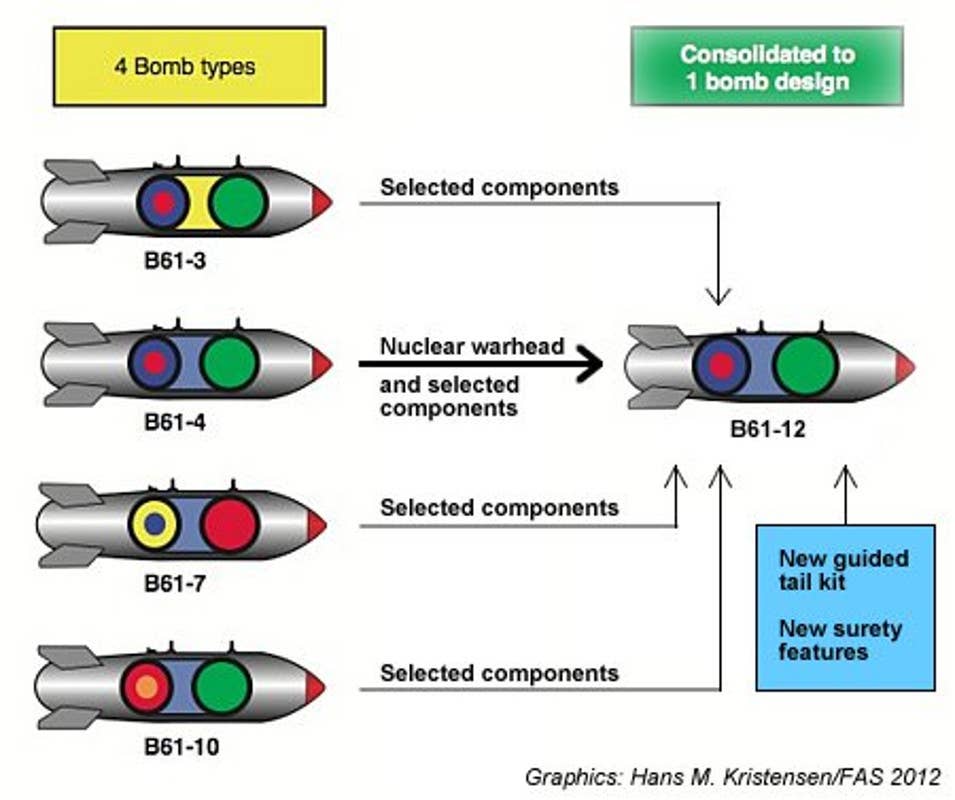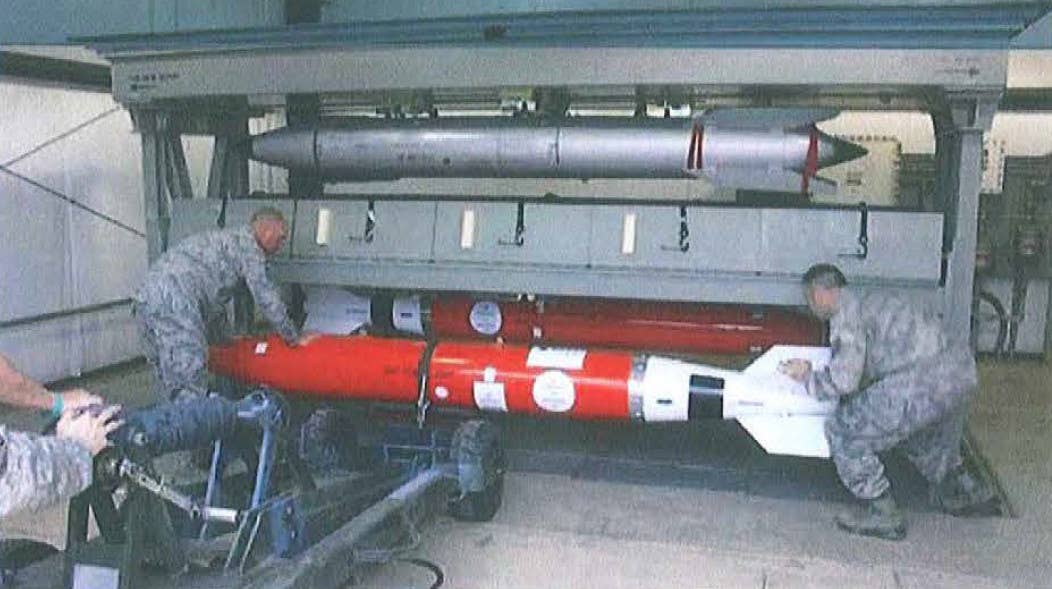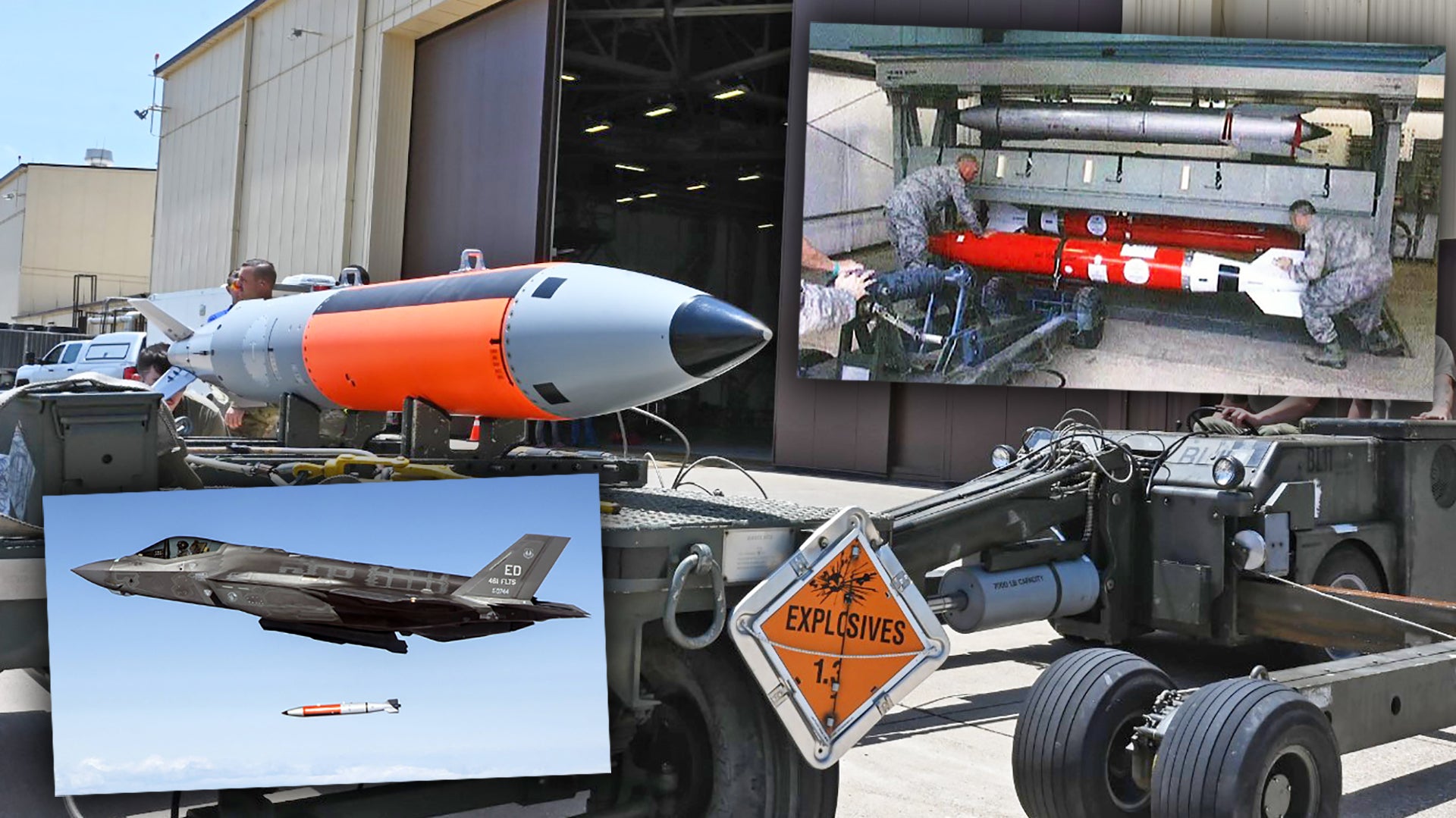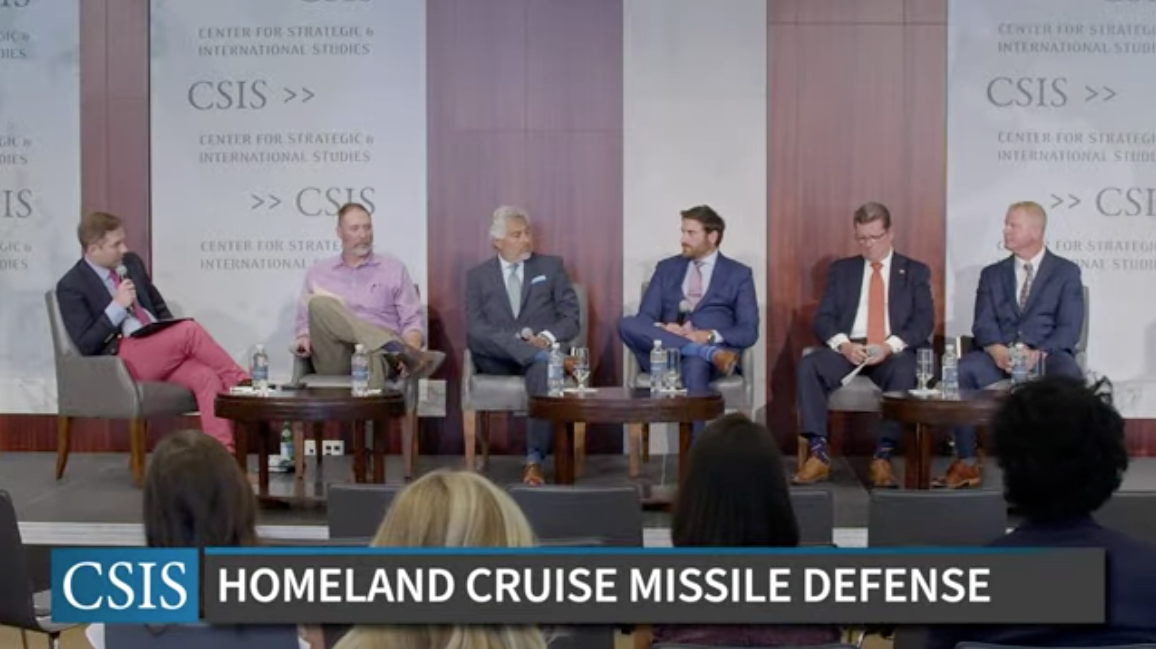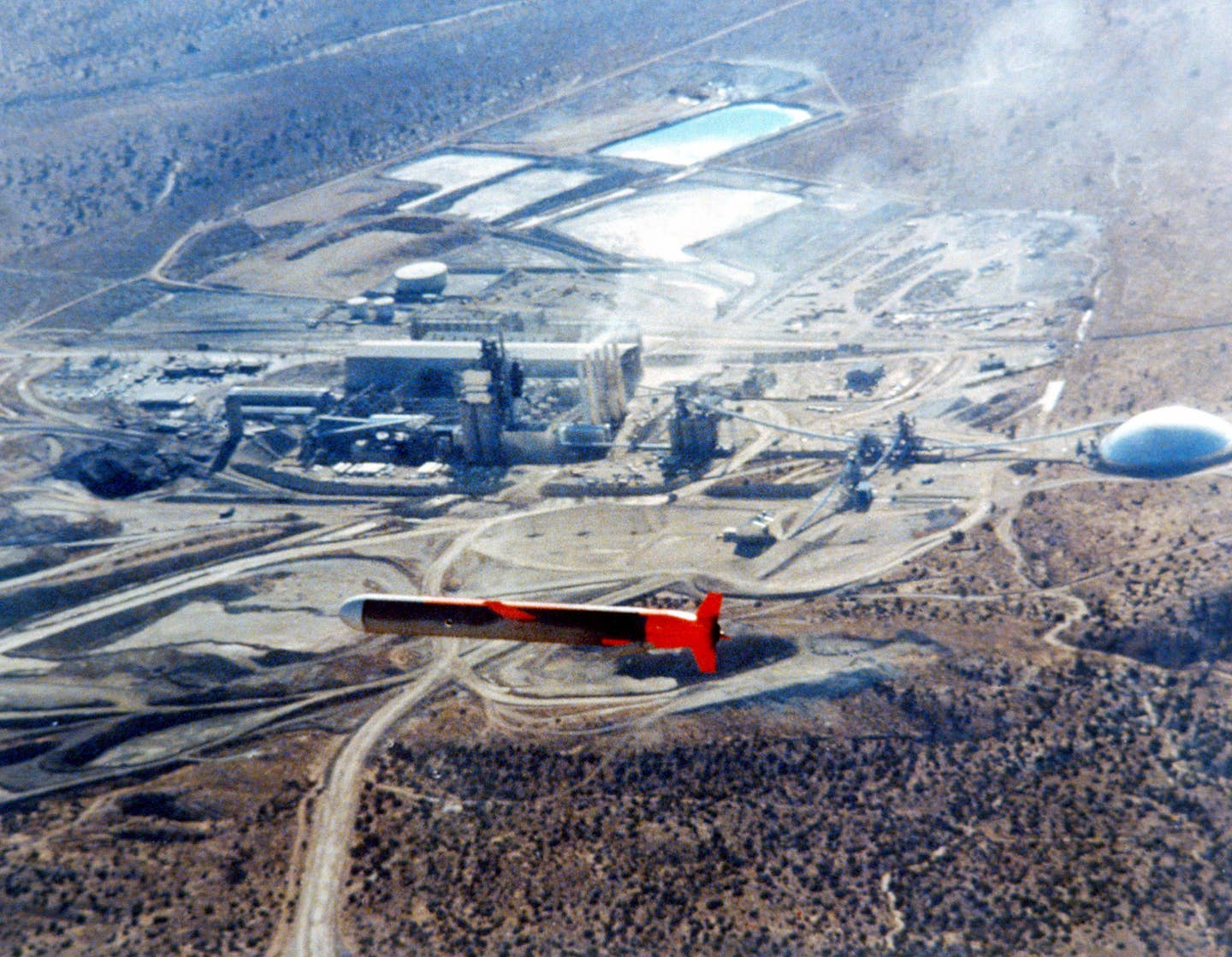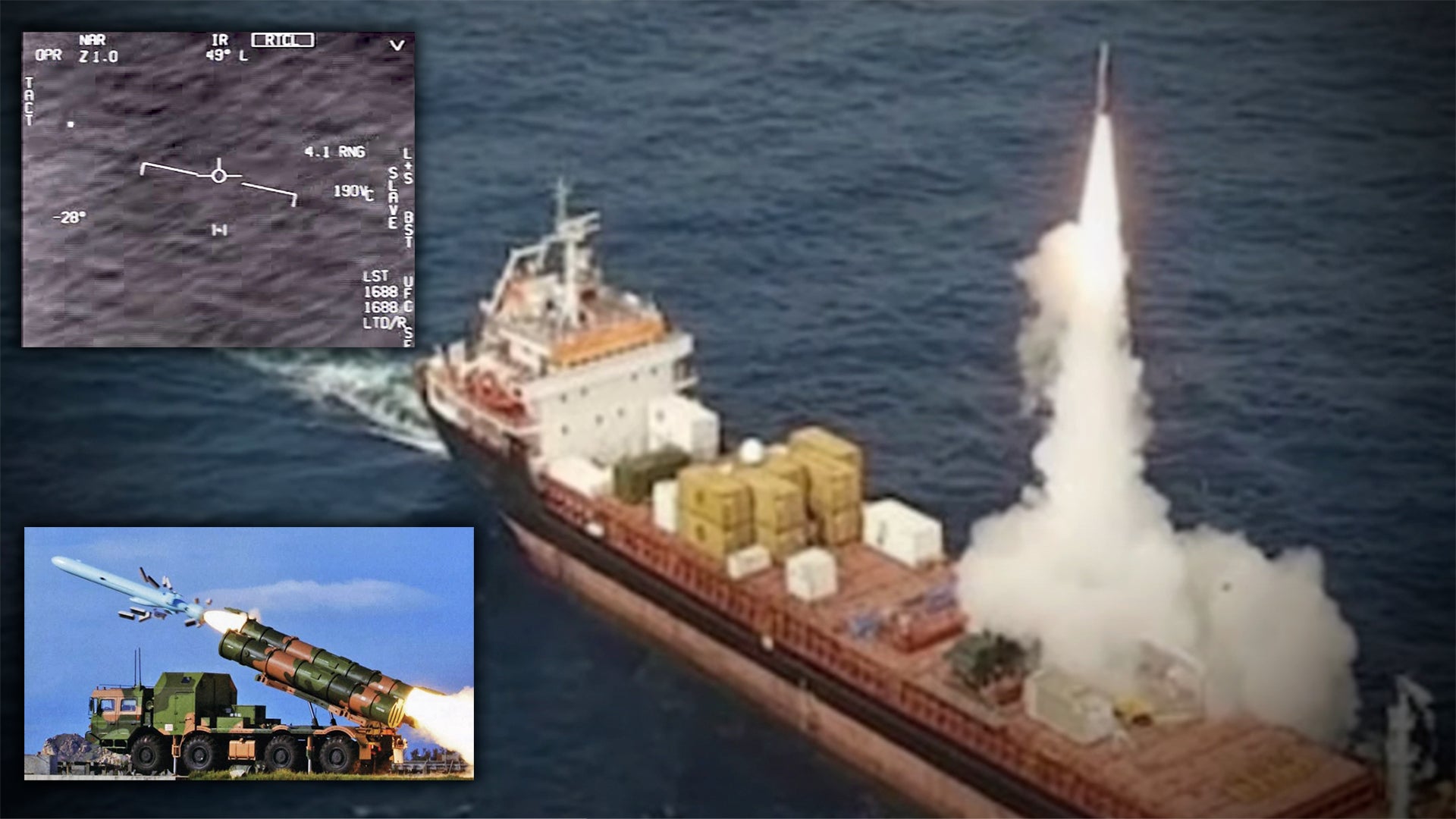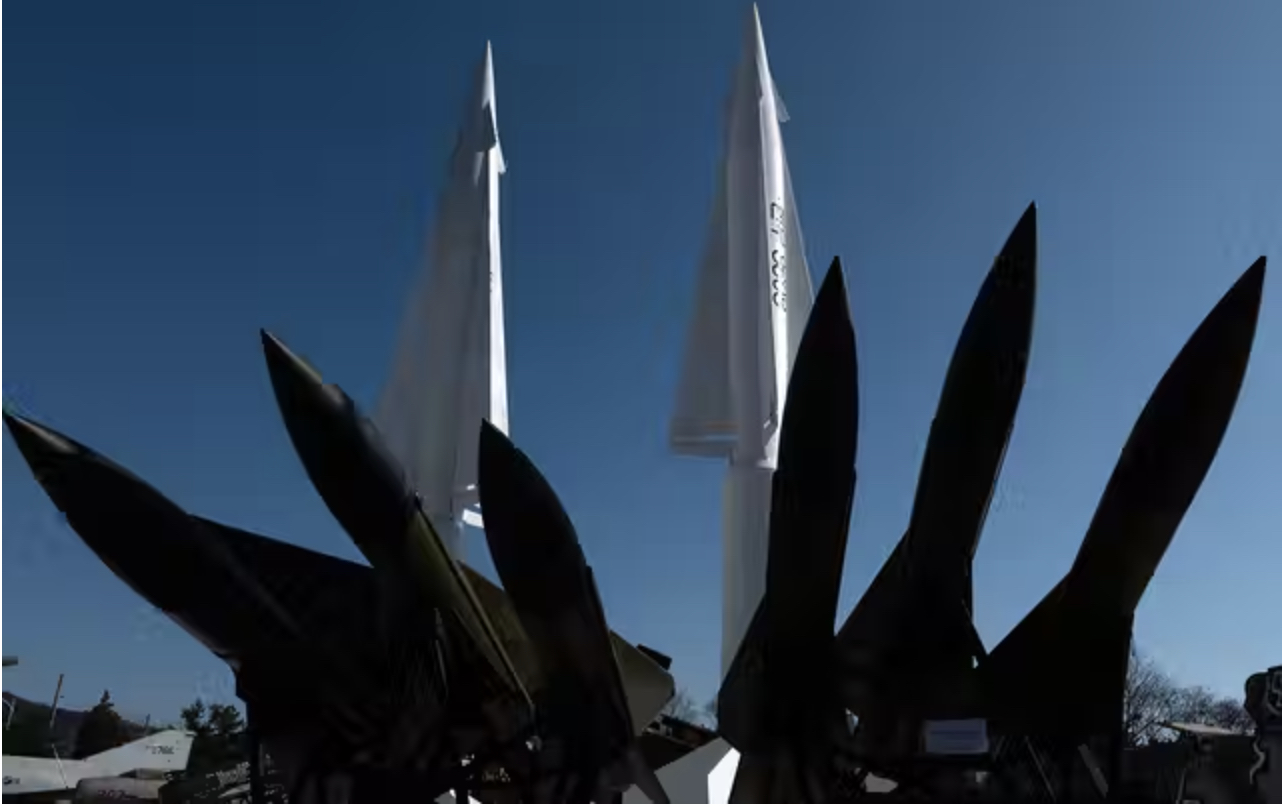(258) 06-04-2022-to-06-10-2022__****THE****WINDS****of****WAR****
(259) 06-11-2022-to-06-17-2022__****THE****WINDS****of****WAR****
(260) 06-18-2022-to-06-24-2022__****THE****WINDS****of****WAR****
--------------------------------------------
 www.timebomb2000.com
www.timebomb2000.com
 www.timebomb2000.com
www.timebomb2000.com
 www.timebomb2000.com
www.timebomb2000.com
 www.timebomb2000.com
www.timebomb2000.com
 www.timebomb2000.com
www.timebomb2000.com
 www.timebomb2000.com
www.timebomb2000.com
 www.timebomb2000.com
www.timebomb2000.com
--------------------------------------------
This was in the Russo-Ukraine war thread but such a transfer IMHO deserves to be here as well....HC
Posted for fair use.....
/cloudfront-us-east-2.images.arcpublishing.com/reuters/JZDHECS72RLYRMWADR4BN2W7VA.jpg)
 www.reuters.com
www.reuters.com
June 25, 20221:34 PM PDT
Last Updated an hour ago
Putin promises Belarus nuclear-capable missiles to counter 'aggressive' West
Reuters
2 minute read
At a meeting with Putin in St Petersburg, Belarus President Alexander Lukashenko expressed concern about the "aggressive", "confrontational" and "repulsive" policies of its neighbours Lithuania and Poland.
He asked Putin to help Belarus mount a "symmetrical response" to what he said were nuclear-armed flights by the U.S.-led NATO alliance near Belarus' borders.
Putin said he saw no need at present for a symmetrical response, but that Belarus' Russian-built Su-25 jets could, if necessary, be upgraded in Russian factories.
"We will transfer Iskander-M tactical missile systems to Belarus, which can use both ballistic and cruise missiles, both in conventional and nuclear versions," a foreign ministry summary of the meeting quoted him as saying.
The Iskander-M, a mobile guided missile system codenamed "SS-26 Stone" by NATO, replaced the Soviet "Scud". Its two guided missiles have a range of up to 500 km (300 miles) and can carry conventional or nuclear warheads.
Parts of the meeting between the two men were televised.
"Minsk must be ready for anything, even the use of serious weaponry to defend our fatherland from Brest to Vladivostok," Lukashenko said, putting Belarus and its close ally Russia under one umbrella.
In particular, he asked for help to make Belarus' military aircraft nuclear-capable.
Tensions between Russia and the West have soared since Moscow sent troops into Ukraine four months ago, alleging among other things that NATO planned to admit Ukraine and use it as a platform to threaten Russia.
Russia's move has not only triggered a barrage of Western sanctions but also prompted Sweden and Russia's northern neighbour Finland to apply to join the Western alliance.
In the past week, Lithuania in particular has infuriated Russia by blocking the transit of goods subject to European sanctions travelling across its territory from Russia, through Belarus, to Russia's Baltic exclave of Kaliningrad.
Russia has termed it a "blockade", but Lithuania says it affects only 1% of the normal goods transit on the route, and that passenger traffic is unaffected.
Reporting by Reuters; Editing by Sandra Maler
(259) 06-11-2022-to-06-17-2022__****THE****WINDS****of****WAR****
(260) 06-18-2022-to-06-24-2022__****THE****WINDS****of****WAR****
--------------------------------------------
ALERT - RUSSIA INVADES UKRAINE - Consolidated Thread
Propaganda is nothing new; I'm sure a case can be made that it's been a part of war since Cain and Abel went at it. In fact, to the extent non physical tools of engagement can be used and folks o'ercome without the use o' deadly force, tis even a case to be made that it's a good thing. What's...
WAR - Close ally calls on Vladimir Putin to ‘strike London first in WWIII’ on Russian media
**** the Russians. All they do is talk trash. They jump up and down and yell at everyone. Nuclear war has no winners. Russians , Democrats.....same sht, except democrats are an immediate threat
INTL - Europe: Politics, Economics, Military- June 2022
From my email inbox The Readout Bloomberg UK June 21 2022 Golden Summer Switzerland imported gold from Russia for the first time since the invasion of Ukraine, showing the industry’s stance toward Russia’s precious metals may be softening. As Bloomberg’s Eddie Spence reports, a shipment of...
WAR - Main Persian Gulf Trouble thread
Exclusive: Iran expands advanced centrifuge work underground, IAEA report shows By Francois Murphy 2 minute read The Iranian flag waves in front of the International Atomic Energy Agency (IAEA) headquarters, before the beginning of a board of governors meeting, in Vienna, Austria, March 1...
ALERT - The Winds of War Blow in Korea and The Far East
PLA Rocket Force In case, the US intervenes militarily, China’s response will be a devastating pre-emptive attack in the first few days. “Many Chinese observers suggest that missile strikes on [US] air bases would be part of the opening salvos of a war,” RAND said in 2019. China will unleash a...
WAR - War with Russia and China, from the North, is a distinct possibility…
https://f24.my/8iya Russia and China eye NATO's 'Arctic Achilles heel' Issued on: 23/06/2022 - 08:36 ]No goodbye Lenin: A bust of the Bolshevik leader survived the collapse of the Soviet Union in a Russian enclave on the Norwegian island of Spitsbergen Jonathan NACKSTRAND AFP/File 7 min...
WAR - Regional conflict brewing in the Mediterranean
Israel Radar @IsraelRadar_com Israel & Turkey foiled several Iranian attacks in recent weeks: large terror network was plotting major shootings and abductions; Turkish locals recruited by some terror cells; severe Israeli travel warning still in place (via@N12News )
--------------------------------------------
This was in the Russo-Ukraine war thread but such a transfer IMHO deserves to be here as well....HC
Posted for fair use.....
/cloudfront-us-east-2.images.arcpublishing.com/reuters/JZDHECS72RLYRMWADR4BN2W7VA.jpg)
Putin promises Belarus nuclear-capable missiles to counter 'aggressive' West
Russian President Vladimir Putin on Saturday told his counterpart from Belarus that Moscow would supply Minsk with missile systems capable of carrying nuclear weapons, the Russian foreign ministry said.
June 25, 20221:34 PM PDT
Last Updated an hour ago
Putin promises Belarus nuclear-capable missiles to counter 'aggressive' West
Reuters
2 minute read
- Summary
- This content was produced in Russia, where the law restricts coverage of Russian military operations in Ukraine
At a meeting with Putin in St Petersburg, Belarus President Alexander Lukashenko expressed concern about the "aggressive", "confrontational" and "repulsive" policies of its neighbours Lithuania and Poland.
He asked Putin to help Belarus mount a "symmetrical response" to what he said were nuclear-armed flights by the U.S.-led NATO alliance near Belarus' borders.
Putin said he saw no need at present for a symmetrical response, but that Belarus' Russian-built Su-25 jets could, if necessary, be upgraded in Russian factories.
"We will transfer Iskander-M tactical missile systems to Belarus, which can use both ballistic and cruise missiles, both in conventional and nuclear versions," a foreign ministry summary of the meeting quoted him as saying.
The Iskander-M, a mobile guided missile system codenamed "SS-26 Stone" by NATO, replaced the Soviet "Scud". Its two guided missiles have a range of up to 500 km (300 miles) and can carry conventional or nuclear warheads.
Parts of the meeting between the two men were televised.
"Minsk must be ready for anything, even the use of serious weaponry to defend our fatherland from Brest to Vladivostok," Lukashenko said, putting Belarus and its close ally Russia under one umbrella.
In particular, he asked for help to make Belarus' military aircraft nuclear-capable.
Tensions between Russia and the West have soared since Moscow sent troops into Ukraine four months ago, alleging among other things that NATO planned to admit Ukraine and use it as a platform to threaten Russia.
Russia's move has not only triggered a barrage of Western sanctions but also prompted Sweden and Russia's northern neighbour Finland to apply to join the Western alliance.
In the past week, Lithuania in particular has infuriated Russia by blocking the transit of goods subject to European sanctions travelling across its territory from Russia, through Belarus, to Russia's Baltic exclave of Kaliningrad.
Russia has termed it a "blockade", but Lithuania says it affects only 1% of the normal goods transit on the route, and that passenger traffic is unaffected.
Reporting by Reuters; Editing by Sandra Maler

:quality(70)/cloudfront-us-east-1.images.arcpublishing.com/archetype/43XFKLMIYFFXBPNDRK5POBBYIM.jpg)
:quality(70)/cloudfront-us-east-1.images.arcpublishing.com/mco/43XFKLMIYFFXBPNDRK5POBBYIM.jpg)

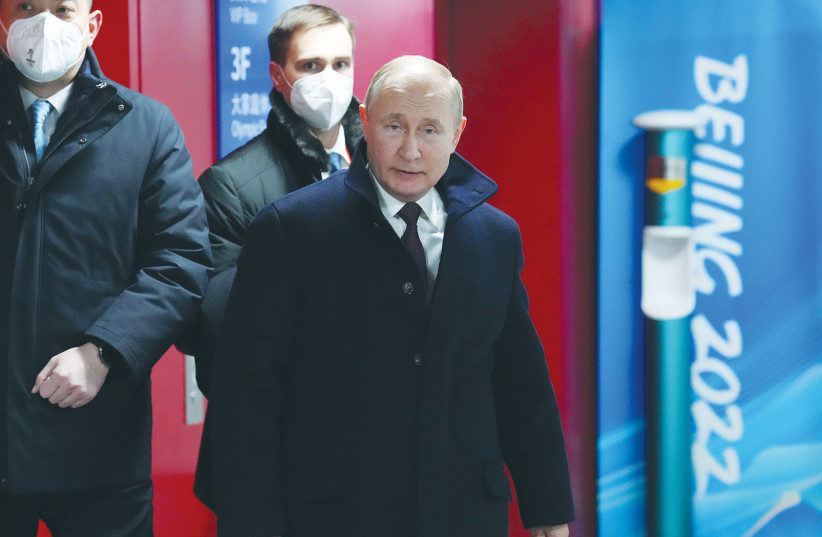




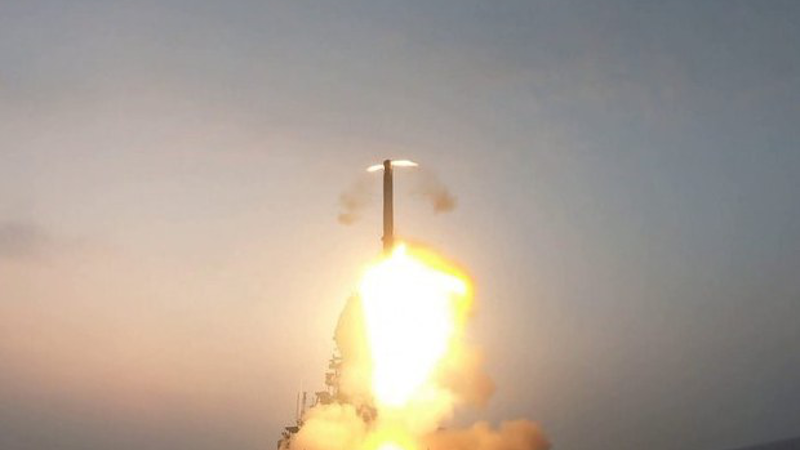








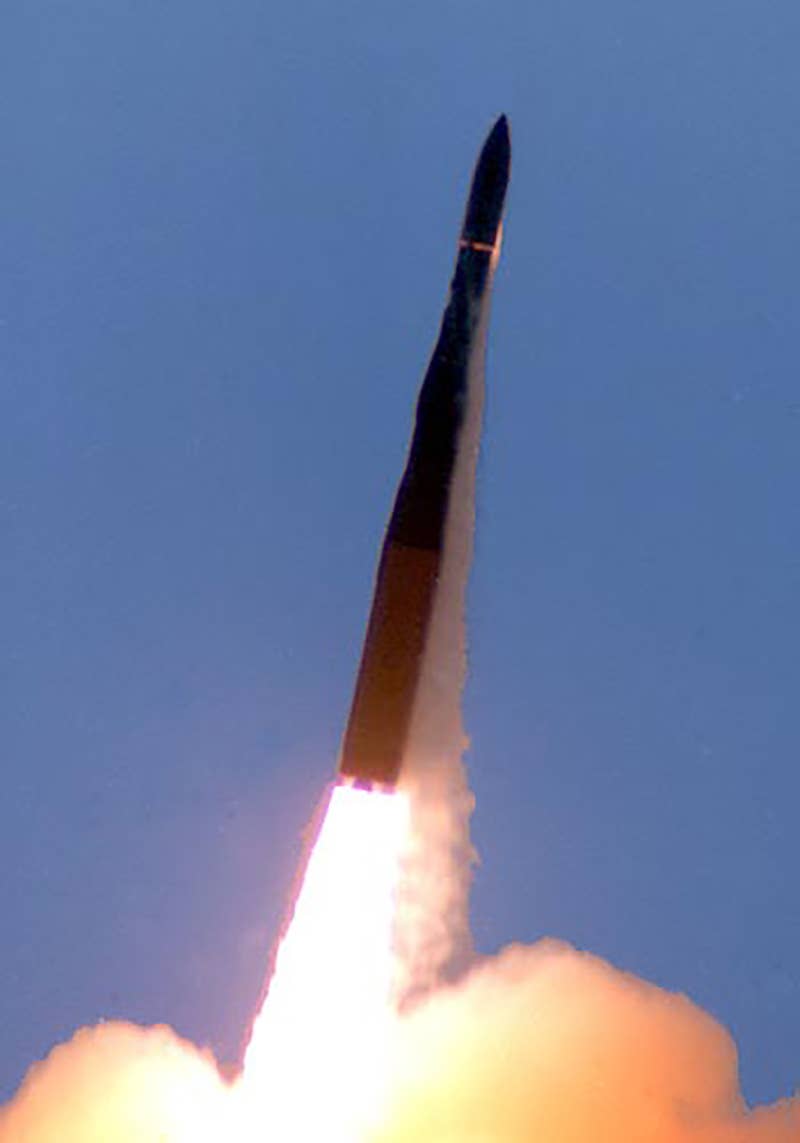


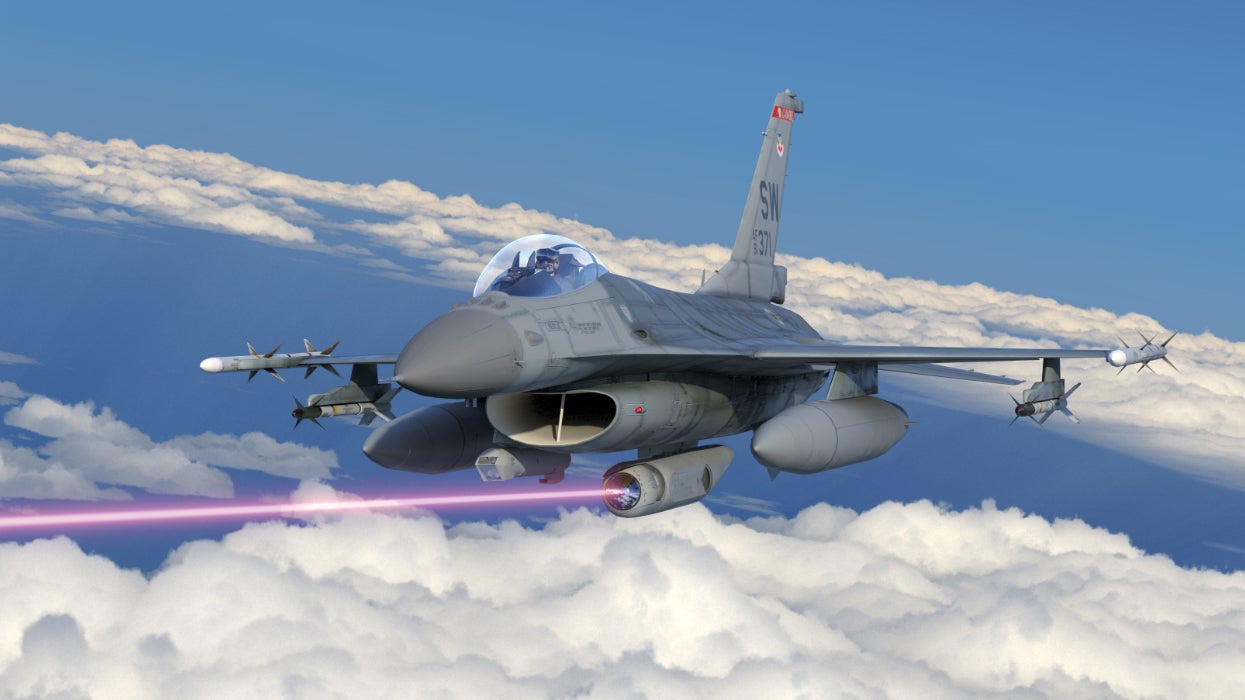
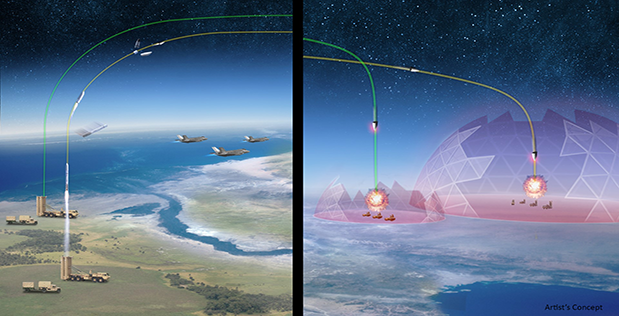
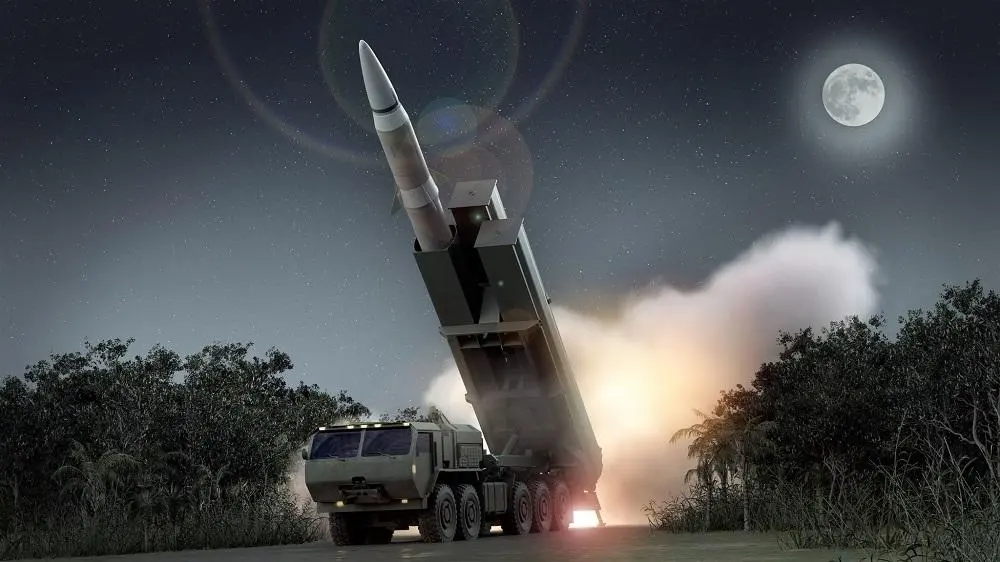
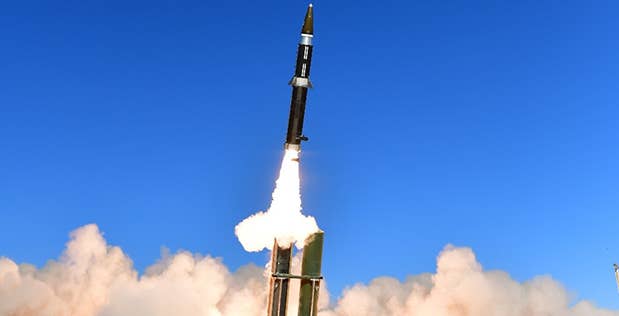
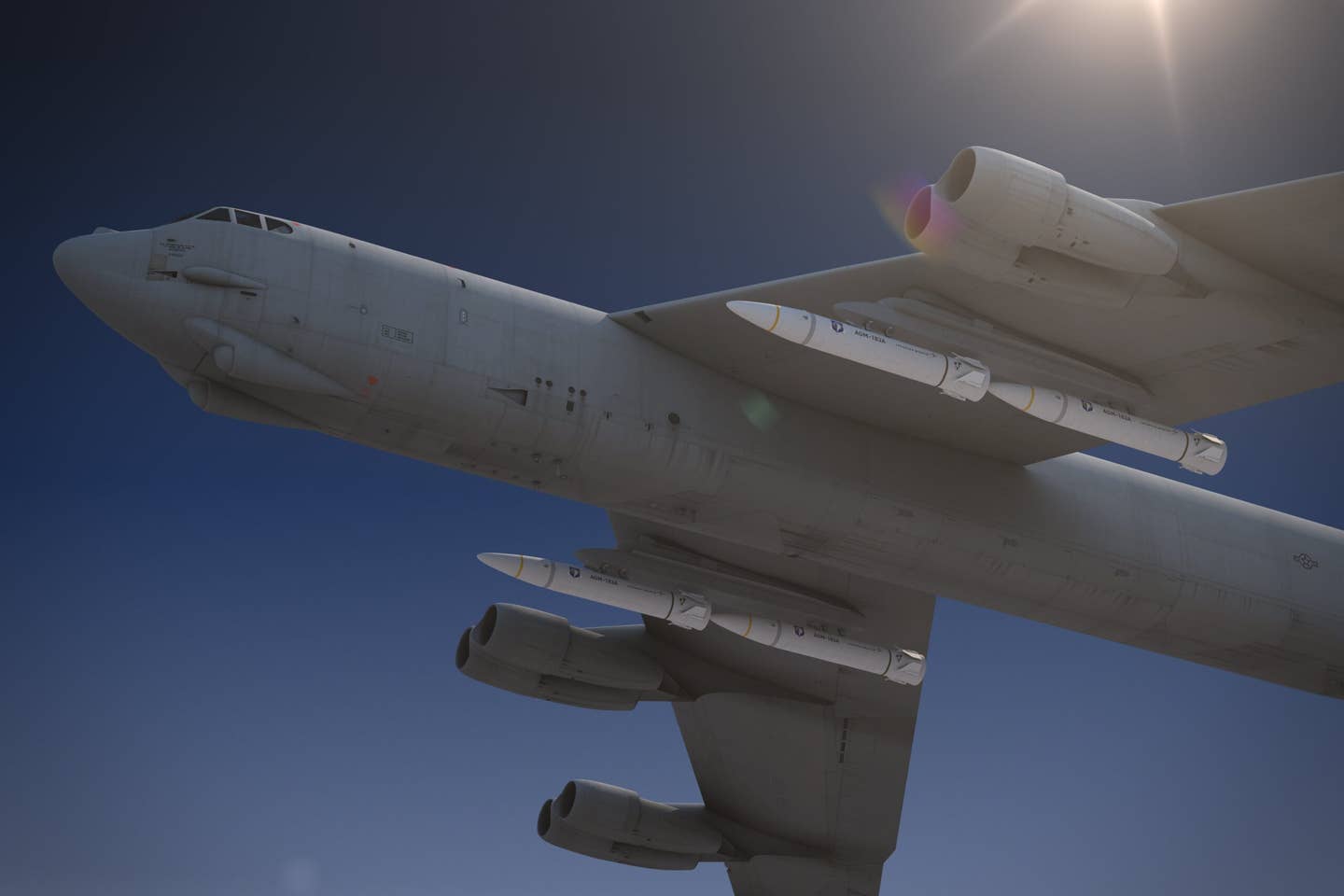
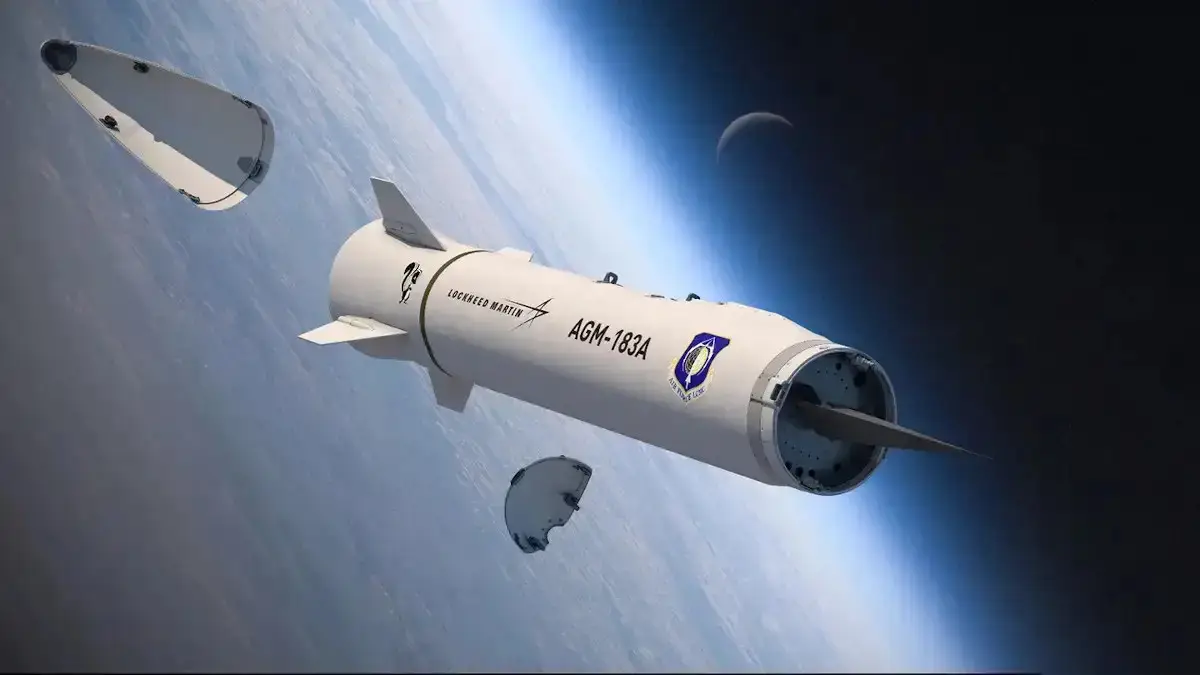
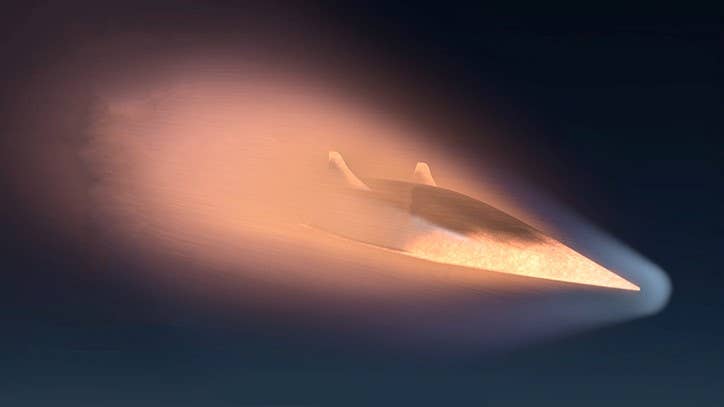
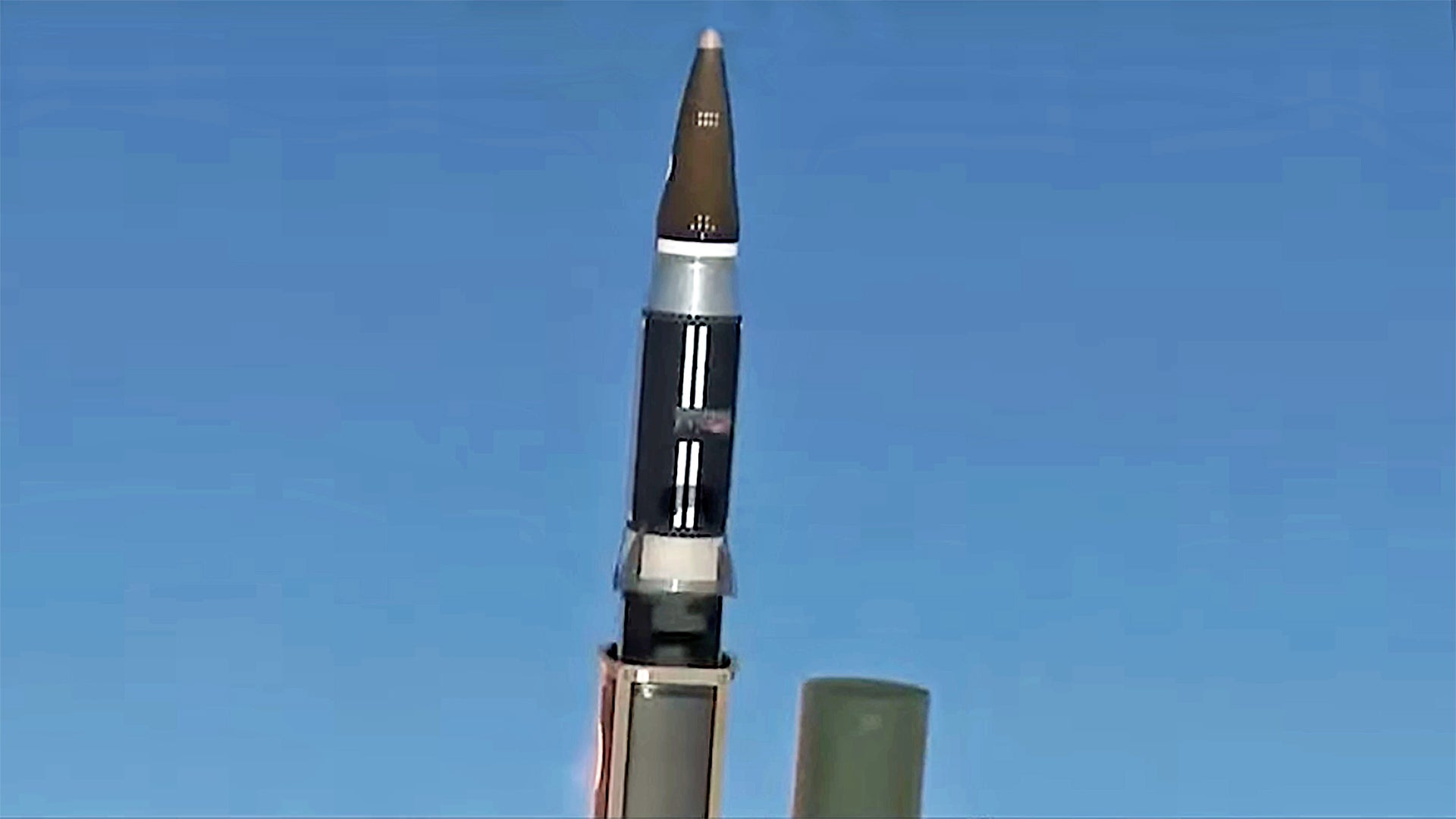
/cloudfront-us-east-2.images.arcpublishing.com/reuters/7GM35BDZTVNZPJ4Y7FQQS7F5YQ.jpg)


